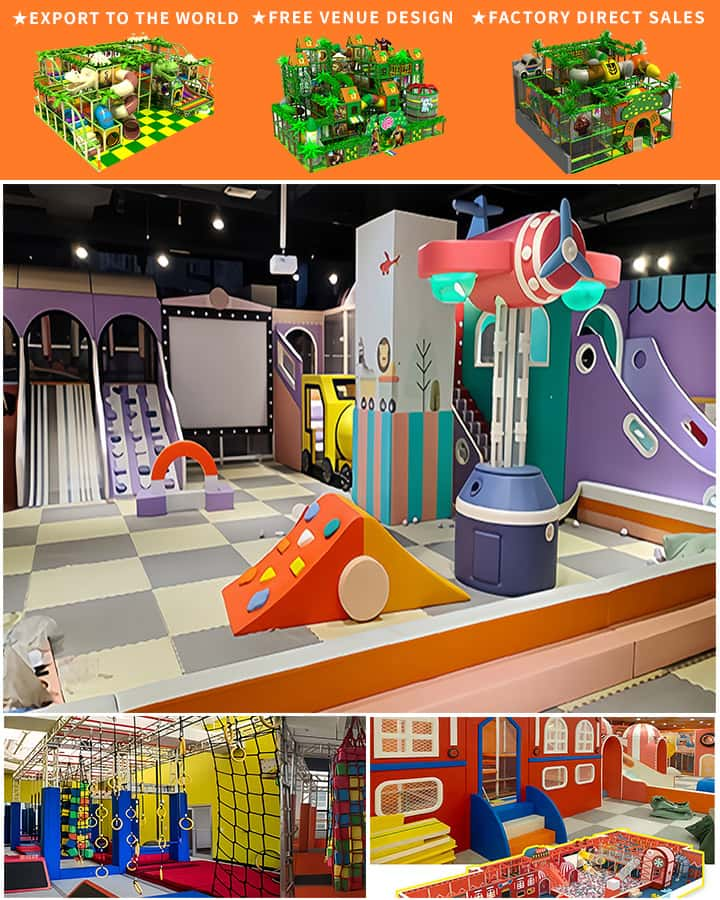In an age where children are increasingly engaged with screens and technology, the importance of sensory outdoor playground equipment cannot be overstated. These innovative installations offer more than just a fun pastime; they serve as crucial developmental tools that engage multiple senses, promote physical activity, and foster social interaction. This article delves into the various types of sensory outdoor playground equipment, their benefits, and why they are becoming essential in modern play spaces.
Types of Sensory Outdoor Playground Equipment
Tactile Play Equipment
Tactile play equipment is designed to stimulate the sense of touch through varied textures and materials. Examples include:
- Touch Panels: These panels feature different textures like sandpaper, foam, or rubber that children can run their hands over.
- Textured Surfaces: Ground surfaces embedded with tactile elements like pebbles, grass patches, or rubber mats encourage children to explore different sensations underfoot.
Visual Play Equipment
Visual play equipment captivates children’s sight with vibrant colors, patterns, and moving parts. Examples include:
- Color Wheels: Spinning wheels that change colors as they turn provide visual stimulation.
- Light-Up Features: Incorporating lights that change color or intensity adds an element of surprise and excitement.
Auditory Play Equipment
 Auditory playground elements engage children’s hearing through sound. Examples include:
Auditory playground elements engage children’s hearing through sound. Examples include:
- Musical Instruments: Chimes, drums, and xylophones that children can play with while on the playground.
- Sound Panels: Interactive panels that produce sounds when touched or struck by a mallet.
Olfactory Play Equipment
Olfactory play equipment stimulates the sense of smell, often through natural elements or scented materials. Examples include:
- Herb Gardens: Small gardens with fragrant herbs like mint, rosemary, or lavender that children can touch and smell.
- Scented Play Areas: Use of materials that have subtle but pleasant scents, such as cedar wood or rubber with added fragrances.
Multisensory Play Equipment
Multisensory playground equipment engages more than one sense at a time, offering comprehensive sensory experiences. Examples include:
- Water Play Features: Splash pads and fountains that combine the sight and sound of water with the tactile experience of getting wet.
- Interactive Storytelling Installations: Structures that incorporate storytelling through visual art, sound effects, and sometimes even scent diffusers to create immersive narratives.
Benefits of Sensory Outdoor Playground Equipment
Cognitive Development
Sensory play is fundamental to cognitive development, helping children learn about the world around them through direct engagement. For example, tactile play enhances fine motor skills and spatial awareness, while auditory play can improve language skills and auditory processing abilities.
Emotional Regulation
Engaging multiple senses helps children regulate their emotions and reduce anxiety. For instance, the calming scent of lavender in a herb garden can have a soothing effect, while the rhythmic sounds from musical instruments may help children manage stress.
Social Skills
Sensory playground equipment promotes social interaction by encouraging cooperative play and communication. Children work together to figure out how to use the equipment, share sensory experiences, and build friendships.
Inclusivity
These playgrounds are designed to be inclusive, accommodating children of all abilities. For instance, textured surfaces not only provide sensory input but also assist children with mobility challenges in maintaining balance and orientation.
The Growing Popularity of Sensory Playgrounds
The rise in popularity of sensory outdoor playgrounds reflects a broader societal shift towards understanding the importance of holistic child development. Educators, parents, and urban planners are recognizing that these playgrounds offer a multifaceted approach to learning and development that traditional playgrounds might lack. Moreover, the integration of nature into sensory play areas encourages environmental stewardship from a young age.
In conclusion, sensory outdoor playground equipment is transforming public play spaces into dynamic environments for learning and growth. By engaging children’s senses through thoughtfully designed structures and features, these playgrounds offer a rich tapestry of experiences that contribute to the overall well-being and development of young minds and bodies. As we continue to embrace the benefits of sensory play, we pave the way for healthier, happier, and more creative generations.




